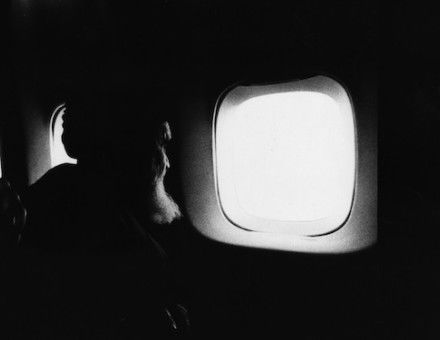Eskimo Memories
Remembering the Arctic postmen - Dorothy Harley Eber gathers memories with photographs of the interaction between Inuit and whalers in North West Canada at the turn of the century.
In photographs the small station buildings stretch in their isolation across rocky, barren terrain, their wooden structures covered by canvas fastened by wooden battens. 'How tiny the houses were' – says Leah Nutaraq, one of the last survivors of the Eastern Arctic whaling era who now lives in Iqaluit, formerly Frobisher Bay, on Baffin Island, 'they look as if there was not enough wood to build them any bigger'. But sharp eyes pick out the white man's living quarters, the storage for sealskins, for spare parts, the Mission at Blacklead Island, the biscuit house at Kekerten.
No one knows for sure the exact age of Nutaraq (her baptismal name is rarely used), but she was young in the early days of the century and is one of the ever-fewer group of Inuit, as Canadian Eskimo are called, who as children experienced life at the old whaling stations Americans and Scots set up in Cumberland Sound around 1860, the heyday there of bowhead whaling. Around these far-distant outposts of British-American culture, Inuit and whalers build a distinct society, little remembered or talked about in the whalers' homelands, but to which living memory, as Nutaraq shows, can still attest.





